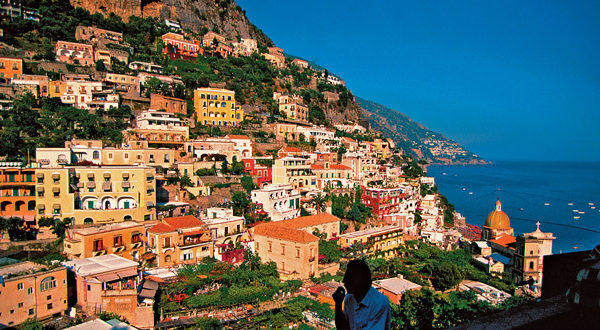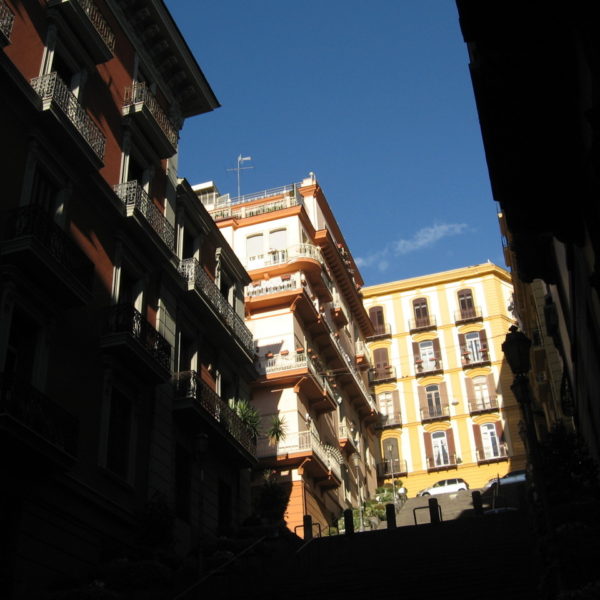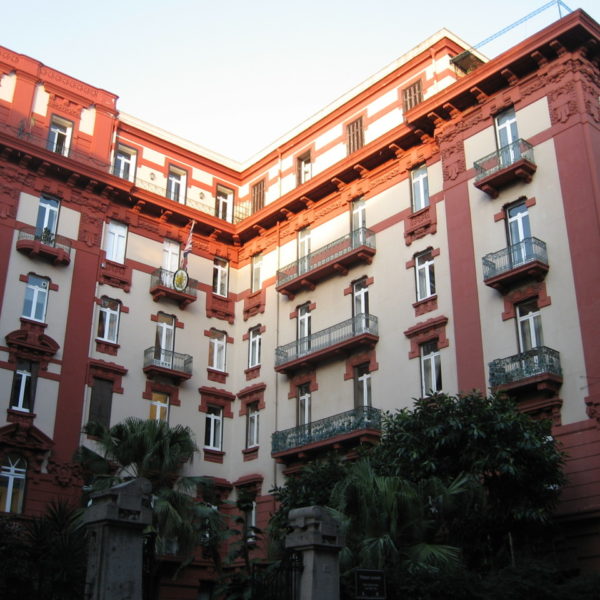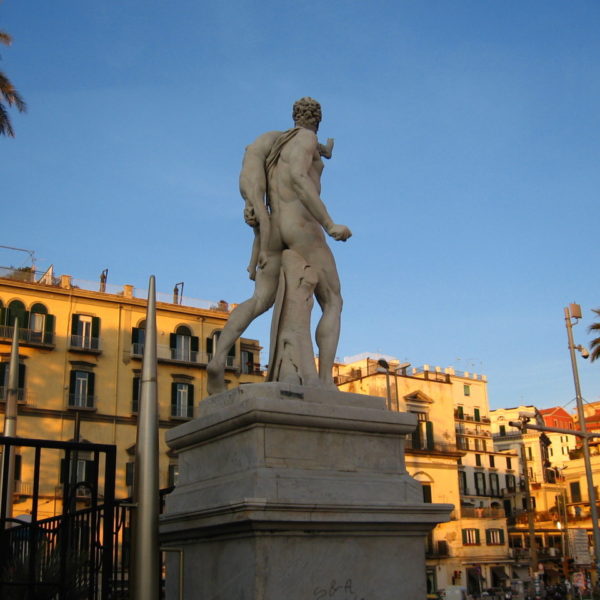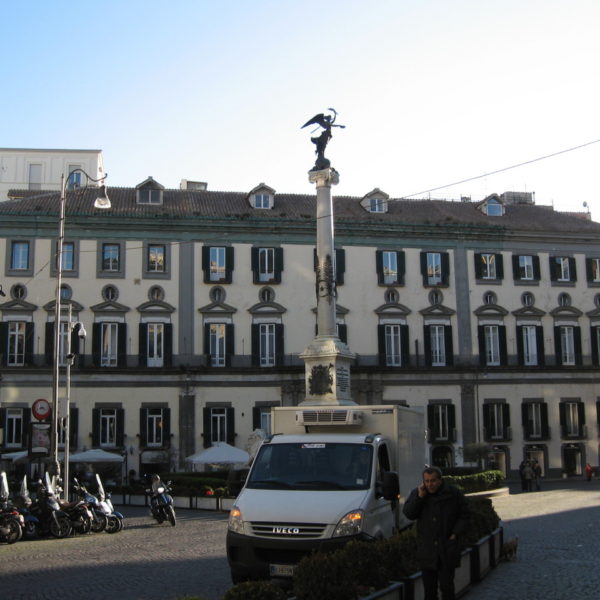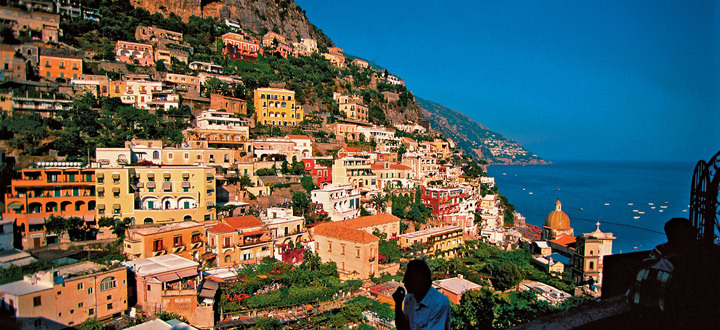
I’ve been traveling a bit, but sometime at the end of last month, I was able to spend a week in Naples.
They say there’s a difference between awareness and understanding, and I believe that you can’t really understand Neapolitan tailoring without having visited Naples itself. The Neapolitan jacket is more than a collection of unique details – the barchetta pockets, puckered sleevehead, extended front seam, and light construction. Some years ago, I commissioned a “Neapolitan” jacket to be made by a Chinese tailor. The fit and construction were good, but there was something missing. It looked exactly like what it was: a simulacrum. Capturing all the details was simply not enough to make it Neapolitan.
Indeed, while I was in Naples, I had a chance to chat with Mariano Rubinacci, the current proprietor of the famous Rubinacci tailoring house. Rubinacci is one of the few houses in the world that has both built an international brand and kept an unwavering standard for its craft. In addition to its flagship in Naples, it has stores in Milan, Rome, and London, each of which offers bespoke tailoring services.
I asked Signore Rubinacci if he’s able to train someone in Milan, for example, to make a perfect Neapolitan jacket. After all, I had already lost some money trying to get a Chinese tailor to do the same. He admitted that his tailors outside of Naples would make something slightly different. “We can train them to make the same exact patterns, cut in the same exact ways, and stitch just as we do, but in the end, a Milanese jacket will be slightly ‘cleaner,’” he said. “Perhaps there’s something in the air here."
After my visit, I can see how this is true. There is no other city in the world like Naples. It has an energetic, non-stop tempo that makes every corner feel like a theatre. The city isn’t just a background to the Neapolitan man’s suit; it’s the inspiration. The sun-baked cobble stone streets, the Neoclassical architecture, the peeling layers of paint on every wall, the breeze that blows over Mount Vesuvius, and the glistening Tyrrhenian Sea are all things that emotionally define the Neapolitan jacket.
Take, for example, the extraordinary level of visible hand detailing. Any well-constructed bespoke jacket will be fully handmade, but Neapolitans take the extra effort to make this handwork visible, perhaps most of all through the mappina sleeves. It’s one thing to appreciate this artistically or technically, but it’s another to understand how this speaks of the Neapolitan. Every Neapolitan man I met – tailors, taxi drivers, waiters, etc – had an extraordinary amount of pride for his city. Don’t get me wrong; it wasn’t obnoxious, but rather charming. There’s no way to become quicker friends with a Neapolitan than to tell him (sincerely) how much you love Naples. Of course, out of humbleness, they may point out some of the town’s problems, but you could always sense they loved their city more than others care for theirs.
This pride, I think, plays itself out in the city’s tailoring. Neapolitans not only know they make some of the best handmade garments in the world, but they want to show you. Their tailoring is meant to elevate both the wearer and Naples itself. How else can one understand a pignata pocket with the decorative double stitching, or the soufflé-like sleeveheads?
In the following weeks, I have a few posts planned for Put This On about my experiences there. I’ll talk about some of the artisans I met and my thoughts on Naples’ changing tailoring culture. I hope you’ll enjoy the articles I have planned.
